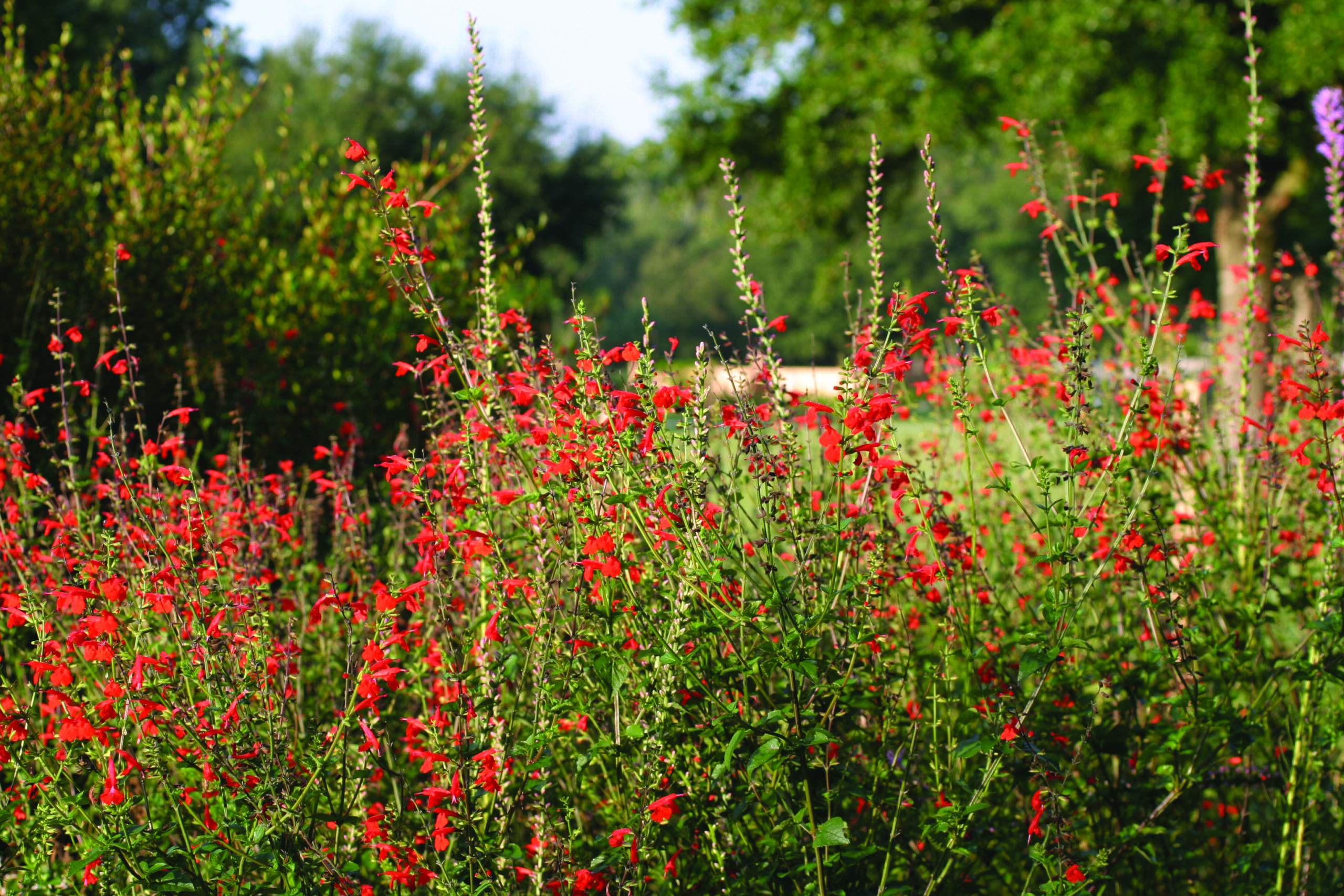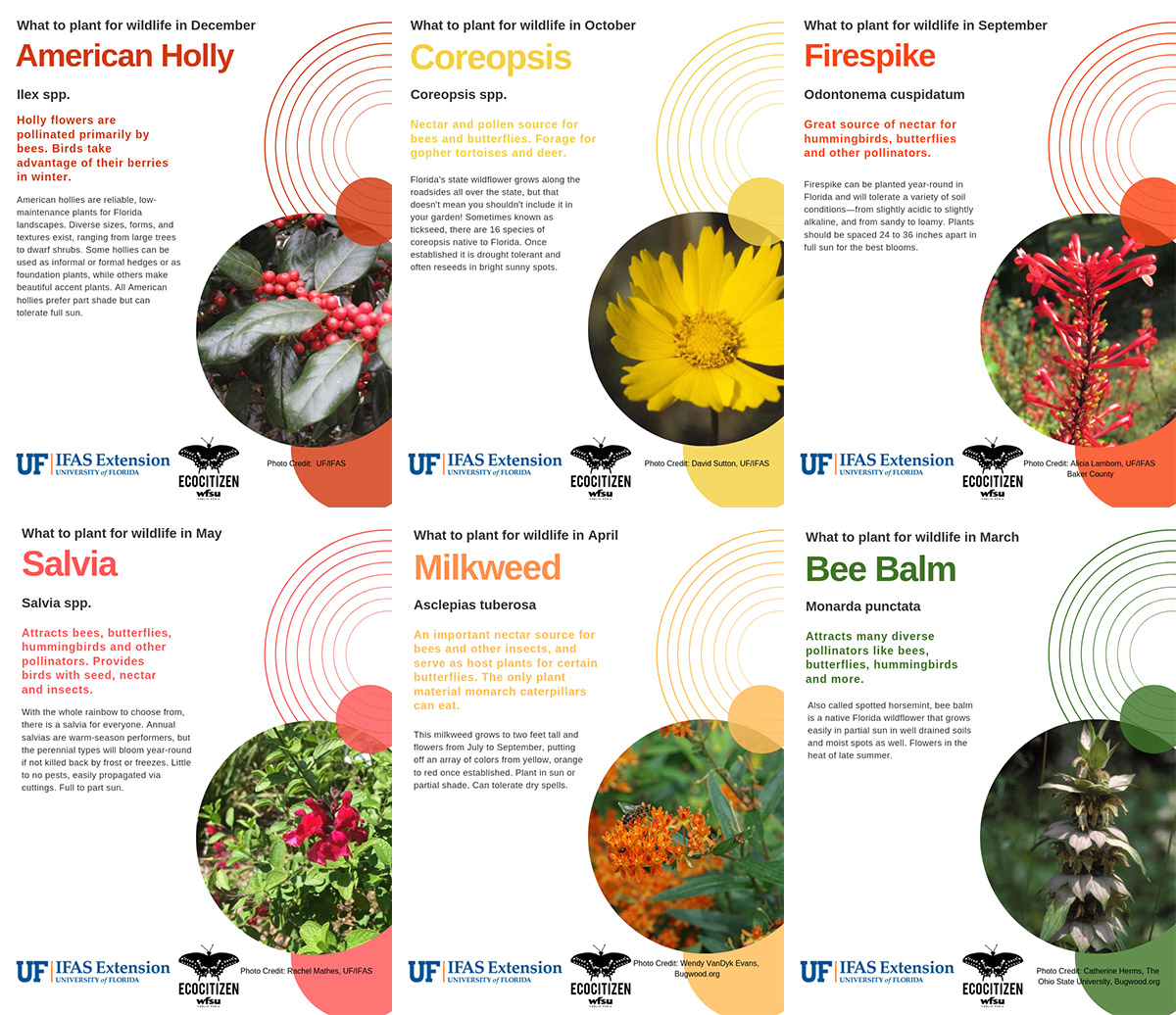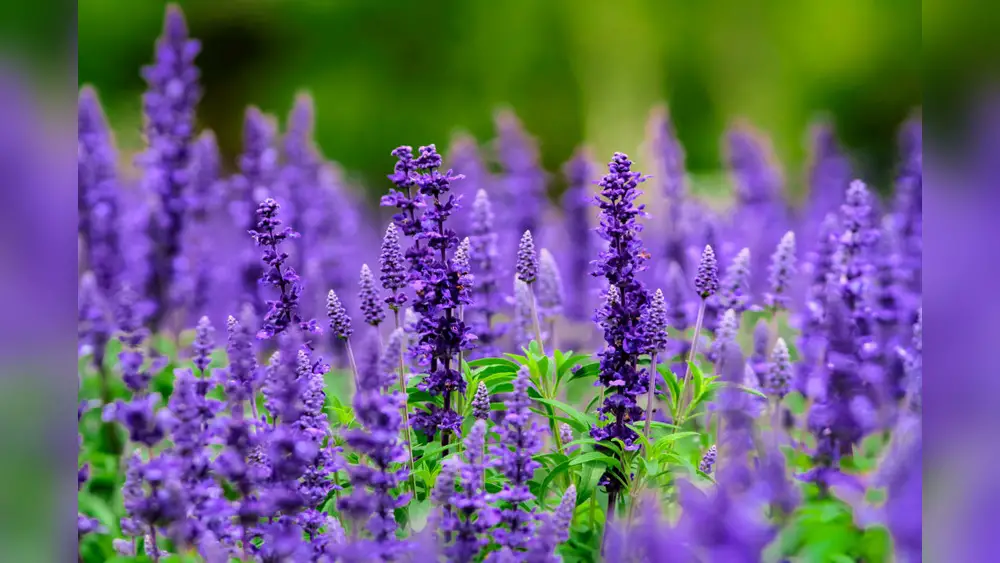Are you ready to add vibrant color and delightful fragrance to your Florida garden? Planting Salvia in full sun is one of the easiest and most rewarding ways to do just that.
Whether you’re new to gardening or looking to try something fresh, this guide will help you grow beautiful, healthy Salvia plants that thrive under the Florida sun. Keep reading to discover simple tips and expert advice that will make your garden the envy of the neighborhood.
Your journey to a blooming paradise starts here!

Credit: www.amazon.com
Choosing The Right Salvia Varieties
Choosing the right Salvia varieties is key to a successful garden in Florida’s full sun. Not all Salvias thrive under intense heat and bright light. Selecting the right types ensures healthy growth and vibrant blooms. Consider your local climate and soil conditions before planting. This guide helps you find the best Salvias suited for Florida.
Best Types For Florida Climate
Florida’s warm climate suits several Salvia varieties. ‘Salvia greggii’ and ‘Salvia coccinea’ handle heat well. These types tolerate humidity and grow strong in full sun. ‘Salvia farinacea’ also adapts well to Florida’s conditions. Choose varieties that resist pests and diseases common in the region.
Flower Colors And Bloom Times
Salvia flowers come in many colors, including red, purple, blue, and white. Select colors that brighten your garden and match your style. Bloom times vary among types. Some bloom in spring and summer, while others flower until fall. Plant a mix to enjoy color all season long.
Drought-tolerant Options
Florida’s dry spells call for drought-tolerant Salvias. ‘Salvia leucantha’ and ‘Salvia nemorosa’ use water efficiently. These varieties survive dry soil and need less watering. Drought-tolerant Salvias stay healthy during hot, dry periods. They are perfect for low-maintenance gardens.

Credit: www.flawildflowers.org
Preparing The Planting Site
Preparing the planting site is the first step to growing healthy Salvia in Florida’s full sun. This process sets the stage for strong roots and vibrant blooms. Taking time now will help your plants thrive through the hot seasons.
Soil Requirements
Salvia prefers soil that drains well but holds some moisture. Sandy or loamy soil works best in Florida’s climate. Avoid heavy clay soils that trap water and cause root rot. A soil test can show nutrient levels and pH balance. Aim for a slightly acidic to neutral pH, around 6.0 to 7.0. Adding organic matter like compost improves soil texture and fertility.
Sunlight Needs
Salvia loves full sun, requiring at least six hours of direct sunlight each day. Choose a spot that receives morning and afternoon sun. Avoid shaded areas or places blocked by tall trees or buildings. Full sun promotes strong growth and more flowers. Too little light makes plants weak and leggy.
Improving Drainage
Good drainage prevents water from standing around the roots. Raised beds or mounded soil help water drain faster. Mix sand or small gravel into the soil to increase drainage. Avoid low spots where water collects after rain. Proper drainage reduces the risk of disease and root damage.
Planting Techniques
Planting Salvia in Florida’s full sun requires simple but careful techniques. Proper planting ensures healthy growth and vibrant blooms. Follow these steps to help your Salvia thrive in hot, sunny conditions.
When To Plant
Plant Salvia after the last frost date in your area. In Florida, this usually means early spring. Avoid planting in the peak summer heat. Morning or late afternoon is best for planting to reduce stress.
Spacing And Depth
Space Salvia plants about 12 to 18 inches apart. This allows air circulation and room to grow. Plant at the same depth the plant grew in its pot. Too deep or shallow planting can harm roots.
Transplanting Tips
Handle the roots gently when moving Salvia. Water the plant well before and after transplanting. Add mulch around the base to keep soil moist. Avoid transplanting on very hot days to reduce shock.
Watering And Fertilizing
Proper watering and fertilizing are key to growing healthy salvia in Florida’s full sun. These plants thrive when they get enough water and nutrients. Too little or too much can cause problems. Understanding how to care for salvia helps it bloom beautifully and stay strong.
Establishing A Watering Schedule
Start by watering salvia deeply once or twice a week. This encourages strong roots. Check the soil before watering. It should feel dry about an inch below the surface. Increase watering during very hot or dry periods. Reduce watering in cooler months to prevent soggy soil.
Best Fertilizers For Growth
Use a balanced fertilizer with equal parts nitrogen, phosphorus, and potassium. A 10-10-10 formula works well. Apply fertilizer every 4 to 6 weeks during the growing season. Slow-release fertilizers provide steady nutrients over time. Avoid high-nitrogen fertilizers to prevent too much leaf growth and fewer flowers.
Avoiding Overwatering
Too much water causes root rot and weak plants. Ensure soil drains well and does not stay wet. Water only when the top inch of soil feels dry. Use mulch to retain moisture but keep it away from the plant’s base. Watch for yellow leaves or wilting as signs of overwatering.
Maintaining Healthy Salvia
Maintaining healthy salvia plants in Florida’s full sun is key to vibrant blooms and strong growth. These plants thrive with regular care that supports their natural cycle. Proper maintenance helps them resist pests and diseases. It also encourages more flowers and a tidy shape. Follow simple steps for pruning, pest control, and mulching to keep your salvia flourishing all season.
Pruning For Shape And Bloom
Prune salvia regularly to keep its shape neat and compact. Cut back spent flowers to promote new blooms. Use clean, sharp scissors or pruners for best results. Remove any dead or damaged stems to improve air flow. Pruning every 6 to 8 weeks helps the plant grow bushier. This also extends the flowering period, giving you more color in your garden.
Pest And Disease Control
Check salvia plants often for pests like aphids and whiteflies. These insects suck plant juices and weaken growth. Use insecticidal soap or neem oil to control pests safely. Watch for signs of fungal diseases, such as powdery mildew. Good air circulation and watering at the base reduce disease risks. Remove infected leaves quickly to prevent spread.
Mulching Benefits
Apply mulch around salvia to keep soil moist and cool. Mulch helps reduce weeds that compete for nutrients and water. Organic mulches like bark or straw break down and improve soil quality. Spread mulch 2 to 3 inches thick but keep it away from plant stems. Mulching saves water and protects roots from Florida’s hot sun. It supports healthy growth and vibrant blooms.

Credit: blog.wfsu.org
Seasonal Care In Florida
Seasonal care for Salvia in Florida is essential for healthy growth. The state’s full sun and warm climate create unique challenges. Salvia needs special attention during hot, humid summers and mild winters. Adapting care through the seasons keeps plants strong and blooming.
Handling Heat And Humidity
Florida’s heat can stress Salvia plants. Water deeply in the morning to help roots absorb moisture. Avoid overhead watering to reduce leaf diseases. Mulch around the base to keep soil cool and moist. Provide good air circulation by spacing plants well. Watch for pests attracted by humidity and treat quickly.
Winter Protection Tips
Florida winters are mild but can still harm Salvia. Cover plants with frost cloth during cold snaps. Move potted Salvia indoors or to a sheltered spot. Prune back dead stems to encourage new growth in spring. Avoid heavy fertilizing in winter to prevent weak growth. Check soil drainage to prevent root rot in wet months.
Encouraging Repeat Blooming
Salvia thrives with regular deadheading after flowers fade. Remove spent blooms to signal the plant to produce more flowers. Feed monthly with a balanced fertilizer during growing season. Keep soil moist but not soggy to promote steady growth. Trim plants lightly mid-season to refresh appearance and blooms.
Frequently Asked Questions
What Is The Best Soil For Planting Salvia In Florida?
Salvia thrives in well-drained, sandy soil typical of Florida. Adding organic matter improves fertility and drainage, promoting healthy growth.
How Much Sunlight Does Salvia Need In Florida?
Salvia requires full sun, meaning at least 6 to 8 hours of direct sunlight daily for vibrant blooms and strong plants.
When Is The Ideal Time To Plant Salvia In Florida?
The best time to plant Salvia in Florida is spring, after the last frost, ensuring warm soil for root development.
How Often Should I Water Salvia In Full Sun?
Water newly planted Salvia regularly to keep soil moist but not soggy. Established plants need watering once a week or during dry spells.
Conclusion
Planting Salvia in Florida’s full sun is simple and rewarding. Choose a sunny spot with well-drained soil. Water your plants regularly but avoid overwatering. Watch them grow strong and attract colorful pollinators. Salvia adds beauty and life to your garden.
Start small and enjoy the process. Healthy plants bring joy and brighten outdoor spaces. Try different Salvia types to see what suits your garden best. Happy planting!

